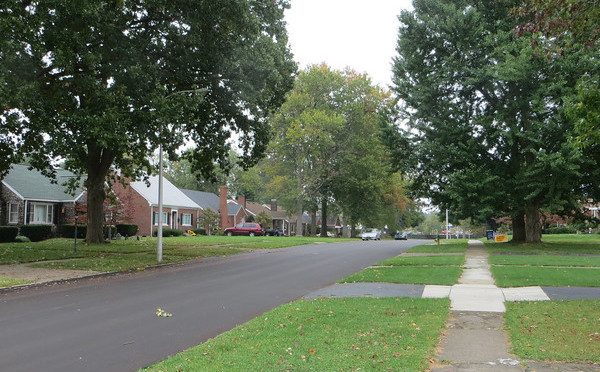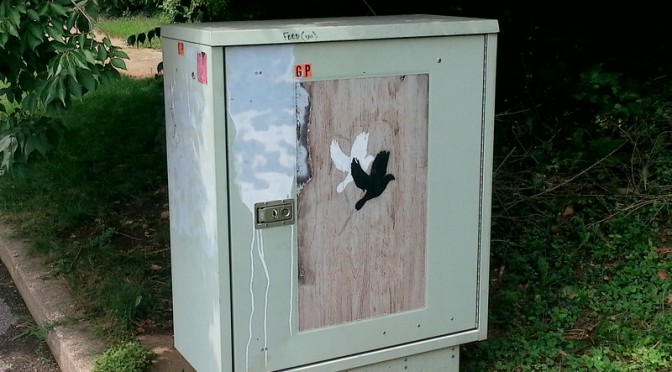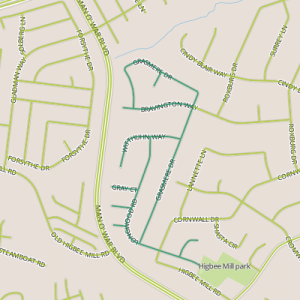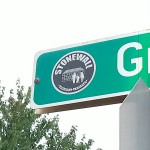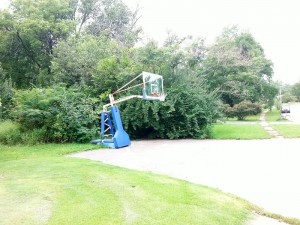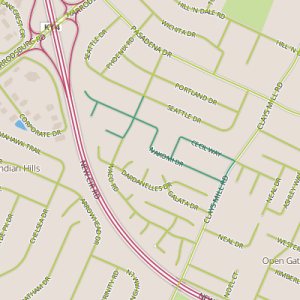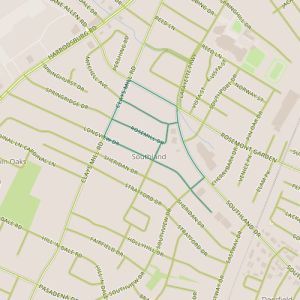 Today took me to an area near Southland Drive, an area that figures prominently in my mental map of the city. This segment of Southland has several businesses that the people in my circles talk about: a particular bar, a food co-op, a Habitat Re-store. It’s also the location of a new public health clinic currently under construction, news of which percolates up fairly regularly. Southland always surprises me; for some reason the fact that it is essentially a collection of 1950’s era strip malls catches me off guard; it doesn’t jibe with the image in my head of a hip area.
Today took me to an area near Southland Drive, an area that figures prominently in my mental map of the city. This segment of Southland has several businesses that the people in my circles talk about: a particular bar, a food co-op, a Habitat Re-store. It’s also the location of a new public health clinic currently under construction, news of which percolates up fairly regularly. Southland always surprises me; for some reason the fact that it is essentially a collection of 1950’s era strip malls catches me off guard; it doesn’t jibe with the image in my head of a hip area.
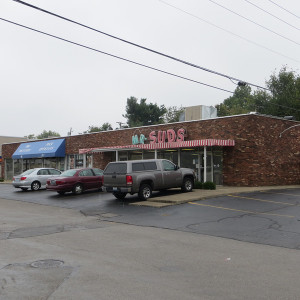
But in fact, no one has ever really said that Southland is hip. Maybe it would be more accurate to say it is funky without being pretentious. I came across a tattoo parlor, more than one drive through liquor store, a Caribbean store and a laundromat called “Mr. Suds.”
I was intrigued, too, by the neighborhood behind Southland Drive. What would it be like to have your neighborhood grocery store be a co-op? The neighborhood matches the commercial district, featuring houses from the 1950’s along car-ready streets. The perceptual contrast of small houses along wide streets with tall trees is tough to reconcile. Things feel as if they are going by slowly, kind of like the feeling you might get trying to run after riding a bicycle. The houses are generally similar Cape Cod style houses, though construction varies. Houses on Mitchell and Rosemont Garden are more likely to be brick, in other places they are probably frame. As we get closer to election time, it’s becoming easier to gauge a neighborhood’s general political leanings, and this area appears to lean to the left, with several homes sporting multiple yard signs for Democrats. It also has a funkiness that mirrors the strip malls, an intentional shagginess that contrasts with the clean-cut yards of, say, Rookwood, but without looking neglected.
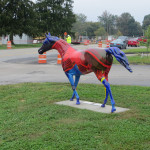
What works: The relationship between the commercial district and residential areas appears strong.
What doesn’t: Seriously, there are no sidewalks on Southland?
